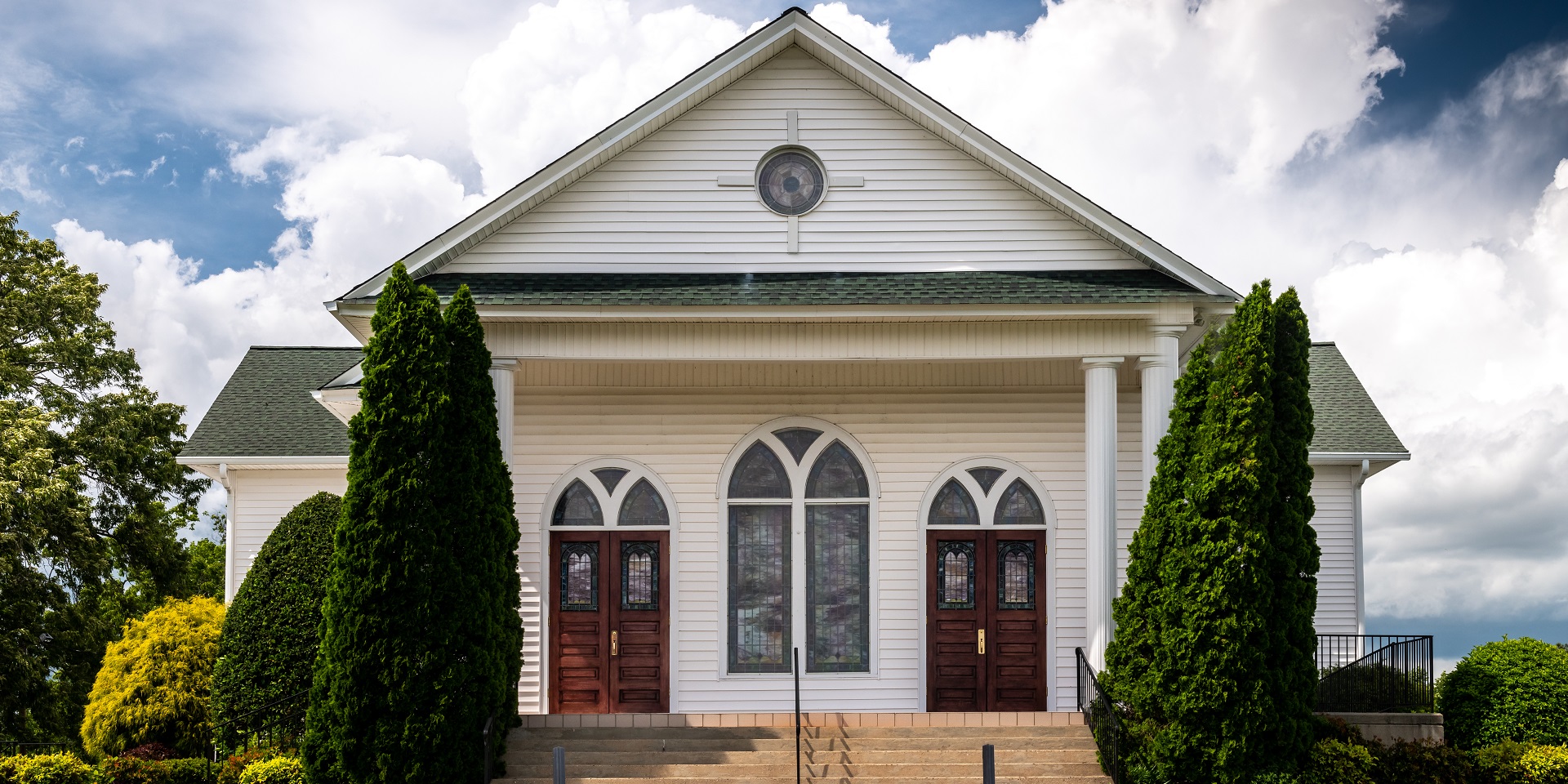The Baptist Church has made significant contributions to religious life by embracing the principle of separation of church and state and the principle of religious freedom.
Baptists probably appeared among English separatists, two centuries before the Methodists. This is, in fact, the most reputed of the theories on the history of the Baptist churches, their beginnings being seen from at least four different perspectives.
Some Baptists are convinced that their faith can trace its history to the work of John the Baptist. The theory of unbroken lineage, as this perspective has been called, argues that although they have had different names throughout history, Baptist churches have existed since the baptism of Jesus Christ in the Jordan, and have had the same creed as today’s Baptists.
This perspective was supported especially at the end of the nineteenth century and the beginning of the twentieth century, but later its popularity declined. The lack of historical sources to prove its accuracy is the main reason for this evolution.
“God is too large to be housed under one roof.” (Roger Williams)
The Montanists, the Novatians, the Donatists, the Waldensians, and the Hussites share some common religious beliefs with the Baptists, especially regarding Bible reporting, baptism in adulthood, and local church autonomy. At the same time, they have adopted doctrines that contradict the Baptist creed—they did not insist on baptism by immersion, many were anti-Trinitarian, and many were ascetic. Well-known preacher Charles Spurgeon was one of the supporters of this perspective.
Others claim that Baptists have existed since the time of the early church of the apostles, from a perspective similar to that which legitimises both the Roman Catholic Church and the Eastern Orthodox Church. Once a common belief among Baptists, this theory, also known as the “the trail of blood,” was eventually discredited.
There is also the theory that Baptists are descendants of the Anabaptist movement, which has some similarities but also some important doctrinal differences. Although not the most popular of today’s perspectives on the origin of Baptist churches, the theory of Anabaptist influence is grounded in doctrinal resemblances to Dutch Mennonites (baptism of believers, concept of religious freedom, separation of state and church, Arminian perspective on salvation, predestination, and original sin). Still, there is historical evidence that Baptists and Anabaptists were not on good terms—in 1624, five Baptist churches publicly condemned the Anabaptist faith.
Most historians believe that Baptists appeared in the seventeenth century, as a result of the evolution of the English Religious Dissenters movement, who separated from the Anglican Church in the seventeenth and eighteenth centuries. As religious persecution under Elizabeth I, James I, and Charles I of England intensified, more and more dissenters who were dissatisfied with the Anglican Church’s position on many subjects were forced into exile, and the Netherlands became a favourite destination due to increased religious tolerance and geographical proximity.
Pastor John Smyth and Thomas Helwys were two of the leading exponents of this refugee separatist movement, and they laid the foundations of the first recorded Baptist church in history, in 1609, in Amsterdam, the Netherlands.
The Dutch environment at that time was dominated by two traditions: Dutch Anabaptism (which rejected both Catholicism and Protestantism) and the Dutch Reformed Church (Calvinist by theology), two influences whose imprint can be found in the Baptist perspective on ecclesiology, church-state relations and discipleship.
According to one of the best-known Baptist histories[1], after only a few months of existence, in 1611, the newly organised Baptist Church was divided for the first time, and the supporters of Pastor Helwy decided to return to London, where, in the same year, he founded the first English Baptist church, while Smyth’s supporters remained in Amsterdam.
After several decades of theological turmoil and nuance—during which the number of English Baptists experienced a sharp rise, followed by a visible decline, generated by the restoration of the Stuart monarchy, and also a wave of internal scepticism in the second half of the eighteenth century—the Baptists began their first missionary efforts abroad, in English-speaking regions (India, Australia, and Canada).
It was not until a century later that continental Europe opened up to the missionary efforts of the German pastor Johann Gerhard Oncken, who became a Baptist after meeting Barnas Sears, one of America’s foremost Baptist educators. Oncken’s pioneering work spread the modern Baptist movement in Europe, from Germany to the easternmost states of the old continent.
Theological roots
The Baptist theological tradition also has multiple roots. Part of the Baptist movement was deeply influenced by the Calvinist tradition (according to which Christ died only for the elect who were predestined for salvation)—the Particular Baptists.
Another part rejected this doctrine, favouring Arminian theology, according to which anyone who chooses to believe in Jesus can be saved—the General Baptists. General Baptists today dominate the world Baptist movement, but in the seventeenth and eighteenth centuries, they were a minority. Among the Particular (Calvinist) Baptists, a nucleus was formed, from which the American Baptist churches were born.
Although some of the English who emigrated to the New World were already Baptists, most Baptist churches in the English colonies in North America were predominantly made up of members of the Puritan colonies. It was more common for English immigrants to become Baptists upon arrival in the colonies, with Henry Dunster (the first president of Harvard College) and Roger Williams being prominent exponents of this phenomenon.
However, Williams was expelled from the Puritans of Massachusetts Bay because, unlike the zealous leaders of this colony, which was intended to be a theocracy, the Englishman, along with other leaders, campaigned for the separation of the state and church. Williams founded the first Baptist church in America in Providence (now Rhode Island) in 1638, shortly after disputes with the Puritans made it impossible for him to remain in the colony.
Today’s Baptists know three major currents: the Ecumenical (with believers who accept a wide range of beliefs, from conservatives to liberals; they show a keen interest in peace and respect for human rights, the union of all Christian churches in the world); the Conservative Evangelical (currently the largest group, concerned with seeking a high standard of morality at the individual and public level); and the Fundamentalist (with believers who actively advocate against liberal theology and tend to expand the separation between church and state at the level of separation between church and society).
The principle of the separation of state and church and the principle of religious freedom, along with the practice of baptism in adulthood, remain among the great contributions of Baptist influence on religious life.
Alina Kartman was fascinated to discover in the Baptist past a way in which politics can influence theological ideas and an additional reason for the need to separate the state and the church.




















